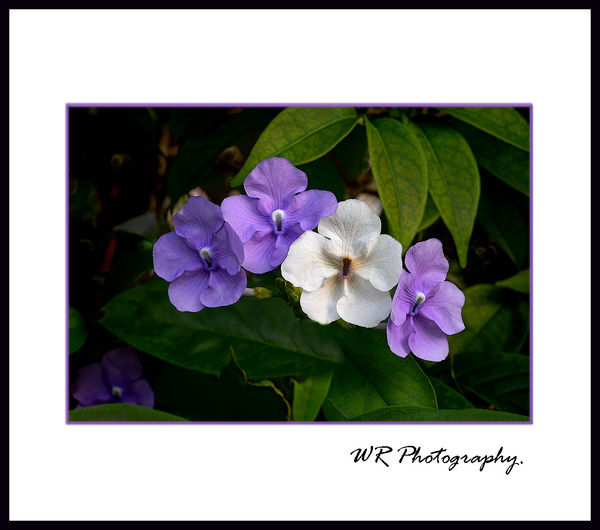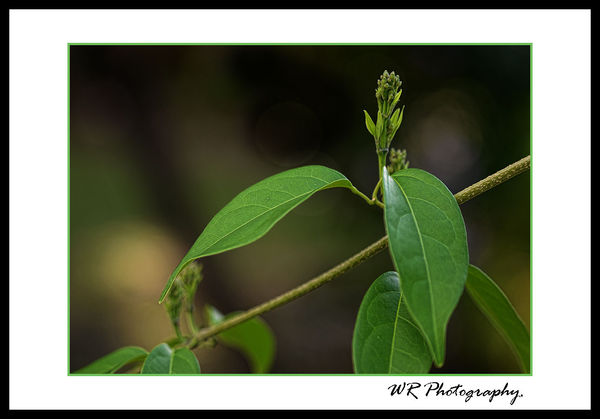The 105mm f4 Micro Nikkor.
Dec 13, 2015 08:14:00 #
For those of you interested in the history of Nikon lenses I m going to make some brief comments on this lens that you could find interesting.
Let me start by saying that the famous photojournalist David Douglas Duncan, born in 1916 and still alive at 99 years of age, was on assignment by Life to cover the Korean War when he stopped over in Japan on his way to Korea.
There he met a young Japanese photographer also working for Life called June Mikki who showed him some Nikkor lenses made for rangefinder cameras. Like the vast majority of photojournalists at the time Mr. Duncan was using Leicas but he was surprised at the quality of the Nikkor optics to the point that he bought two of them and made many shots of the war with them. Life magazine editors did not know anything about those lenses till Mr. Duncan returned to the USA and instead they thought the shots were made with Ernst Leitz lenses. Some of the shots with Nikkor lenses made it to the front page of the magazine.
The original 105 f4 Nikkor was introduced around 1948 for rangefinder cameras and the "introduction" of this lens for SLR cameras took place in 1975.
It was not a perfect lens. To start with it only reached half life size and many macro photographers were wanting a larger lens opening since focusing the lens with film cameras then was not optimal since the fresnel lens used to focus lacked the technology of modern focusing mechanisms making the images in the viefinder somewhat dark.
For that reason Nikon introduced a new version of their Micro Nikkor in 1984, this time with a f2.8 aperture and capable of life size reproduction.
The 105mm f4 Micro Nikkor has great optics, focusing with dSLR lenses is a breeze although it is a manual lens. It has excellent built quality and its half life size reproduction is more than enough for photographers like me although the extension ring PN-11 brings the focused image to life size for those who need it.
The lens is also great for general photography and especially portraits.
My version is from the 80's so it is an AI-S lens that I use with my digital bodies.
I am posting a couple of shots made in our garden, nothing out of the ordinary but they give you a pretty good idea of the optical performance of this excellent lens. I used a matte and frame with the help of Photoshop. Minor adjustments during editing using Topaz Adjust 5 cutting down the effect of the presets to make the pictures look more natural.
The camera was my D610 mounted on a Manfrotto 3021 tripod from the 70's with a Linhof ballhead. I used the self timer instead of a cable release. The flowers were shot at f16 and the other one wide open.
I have neglected using this lens for some time but I will be using it more from now on and I have to try some portraits with it.
I am very happy with the way it renders images in beautiful pastel colors.
Let me start by saying that the famous photojournalist David Douglas Duncan, born in 1916 and still alive at 99 years of age, was on assignment by Life to cover the Korean War when he stopped over in Japan on his way to Korea.
There he met a young Japanese photographer also working for Life called June Mikki who showed him some Nikkor lenses made for rangefinder cameras. Like the vast majority of photojournalists at the time Mr. Duncan was using Leicas but he was surprised at the quality of the Nikkor optics to the point that he bought two of them and made many shots of the war with them. Life magazine editors did not know anything about those lenses till Mr. Duncan returned to the USA and instead they thought the shots were made with Ernst Leitz lenses. Some of the shots with Nikkor lenses made it to the front page of the magazine.
The original 105 f4 Nikkor was introduced around 1948 for rangefinder cameras and the "introduction" of this lens for SLR cameras took place in 1975.
It was not a perfect lens. To start with it only reached half life size and many macro photographers were wanting a larger lens opening since focusing the lens with film cameras then was not optimal since the fresnel lens used to focus lacked the technology of modern focusing mechanisms making the images in the viefinder somewhat dark.
For that reason Nikon introduced a new version of their Micro Nikkor in 1984, this time with a f2.8 aperture and capable of life size reproduction.
The 105mm f4 Micro Nikkor has great optics, focusing with dSLR lenses is a breeze although it is a manual lens. It has excellent built quality and its half life size reproduction is more than enough for photographers like me although the extension ring PN-11 brings the focused image to life size for those who need it.
The lens is also great for general photography and especially portraits.
My version is from the 80's so it is an AI-S lens that I use with my digital bodies.
I am posting a couple of shots made in our garden, nothing out of the ordinary but they give you a pretty good idea of the optical performance of this excellent lens. I used a matte and frame with the help of Photoshop. Minor adjustments during editing using Topaz Adjust 5 cutting down the effect of the presets to make the pictures look more natural.
The camera was my D610 mounted on a Manfrotto 3021 tripod from the 70's with a Linhof ballhead. I used the self timer instead of a cable release. The flowers were shot at f16 and the other one wide open.
I have neglected using this lens for some time but I will be using it more from now on and I have to try some portraits with it.
I am very happy with the way it renders images in beautiful pastel colors.
Dec 13, 2015 08:36:58 #
These are exquisite captures - both the quality of the captures and the simplicity of the composition. I found your narrative very interesting as well.
Dec 13, 2015 08:55:48 #
Dec 13, 2015 09:08:04 #
Interesting background information - it's often nice to have a more detailed understanding and appreciation of classic gear. Thank you also for posting two first-class examples.
Dec 13, 2015 10:20:18 #
Great lens. I owned one. Thanks for the history lesson.
camerapapi wrote:
For those of you interested in the history of Niko... (show quote)
Dec 14, 2015 08:00:57 #
Nikonhermit
Loc: In This Place
The photographer you mentioned was named Jun Miki. He was the first Japanese photographer to publish in LIFE magazine.
Dec 14, 2015 08:11:18 #
Dec 14, 2015 08:47:59 #
camerapapi wrote:
For those of you interested in the history of Niko... (show quote)
Great compositions. Nice background for us lens fanciers.
Dec 14, 2015 09:21:43 #
I have long considered this lens as the sharpest in my camera bag. Mine is from 1978 and I use it on my old F-2 Photomic when I shoot film. Unfortunately it is not A1 so I can't use it on my digitals.
Dec 14, 2015 09:23:40 #
This is the lens I will buy next, been thinking about it for some time.
Dec 14, 2015 09:38:28 #
Dec 14, 2015 09:40:05 #
Nikonhermit wrote:
The photographer you mentioned was named Jun Miki. He was the first Japanese photographer to publish in LIFE magazine.
You are correct, I apologize for misspelling his name.
Dec 14, 2015 10:00:45 #
In the hands of a skilled photographer like you (you demonstrate it in your two great pictures), these lenses achieve miraculous results. The lens is compact and feels quite heavy at 500gm.
As a footnote to your excellent history, I am reading in Peter Braczko's, The Complete Nikon System (Rochester, NY: Silver Pixel Press, 2000, p.198) that Nikon issued an SLR version of the rangefinder lens the 10.5cm f/4 in March 1960 but produced few of them and they are very rare today.
As a footnote to your excellent history, I am reading in Peter Braczko's, The Complete Nikon System (Rochester, NY: Silver Pixel Press, 2000, p.198) that Nikon issued an SLR version of the rangefinder lens the 10.5cm f/4 in March 1960 but produced few of them and they are very rare today.
Dec 14, 2015 10:11:21 #
Jim MacMahon
Loc: Central Florida
I love the tonal quality of your pictures. They remind me of the flower series shot by Ernst Haas, very velvety. Thank you for sharing.
Dec 14, 2015 10:18:47 #
If you want to reply, then register here. Registration is free and your account is created instantly, so you can post right away.











